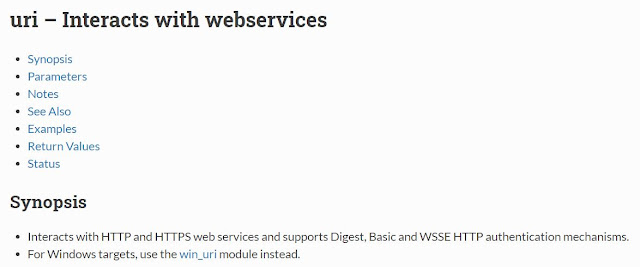Deploying DellEMC VxFlex on GCP with Ansible
Today I wanted to share a video that my colleague and fellow Avenger Masanori Nakamura has created. He is a presales engineer in Japan and is very knowledgeable with our VxFlex product. DellEMC VxFlex is a software defined storage solution that can be deployed either on a 2-tier or as a a hyperconverged architecture. It is typically consumed through appliances or as a fully integrated rack solution (formerly called VxRack Flex) However, since it is a software defined solution, it can be deployed on top of virtually any IaaS. In this case, Masanori-san deploys it on top of GCP.

